Mold and mildew are more than just unsightly; they can pose serious health risks and cause extensive damage to your home. The presence of mold or mildew can often go unnoticed until it’s too late, leaving you to deal with the physical and emotional burden of cleanup. Fortunately, there are steps you can take to not only address existing mold and mildew issues but also prevent future growth. This guide provides detailed tips for dealing with mold and mildew in your home to ensure a healthier, cleaner environment.
1. Understand the Differences Between Mold and Mildew
While mold and mildew are both types of fungi that thrive in damp environments, they are not the same. Mildew is typically white or gray and grows on the surface of materials such as shower walls, fabrics, and windows. It is relatively easier to remove and does not usually penetrate deeply into materials. Mold, on the other hand, can be green, black, or even pink in color, and it can grow beneath the surface of materials like wood, drywall, and carpet. Mold often requires more intensive removal methods, as it can damage structures and is more likely to pose health risks.
Understanding these differences helps you identify the severity of the problem and decide how to proceed with remediation.
2. Identify the Source of Moisture
Mold and mildew need moisture to grow. Identifying and addressing the source of moisture is the first step in combating the issue. Common sources of excess moisture include leaky pipes, poor ventilation, damp basements, or areas with inadequate insulation. Look for signs of water damage such as stains, peeling paint, or wallpaper, and pay attention to any musty odors that may be present.
Once you identify the moisture source, take immediate action to repair any leaks, improve ventilation, and manage humidity levels. Installing a dehumidifier in damp areas like basements or bathrooms can significantly reduce moisture and prevent mold growth.
3. Proper Ventilation is Key
Poor ventilation is a primary contributor to mold and mildew problems in homes. Areas like bathrooms, kitchens, and laundry rooms generate moisture, which can quickly lead to mold growth if not properly ventilated. Installing exhaust fans in these areas is essential. If you already have fans, ensure that they are working correctly and clean them regularly.
In addition, opening windows and allowing fresh air to circulate can help prevent moisture buildup, especially in areas that are prone to dampness. Proper airflow can prevent the stagnant conditions that mold and mildew thrive in.
4. Clean and Remove Mold and Mildew Immediately
If you discover mold or mildew in your home, it’s essential to act promptly. Mildew can often be removed with household cleaners such as vinegar, hydrogen peroxide, or a mixture of baking soda and water. For surfaces like tiles, grout, or shower curtains, these solutions can effectively kill mildew and prevent it from returning.
When dealing with mold, it’s important to take a more cautious approach. Mold can release spores that may aggravate respiratory conditions or allergies. Always wear protective gear, such as gloves, goggles, and a mask, when cleaning mold. For smaller areas, using a mixture of one cup of bleach to one gallon of water can effectively kill the mold. However, for larger infestations, it’s best to call a professional who can handle the situation safely and thoroughly.
5. Use Mold-Resistant Products
Prevention is always better than cure. Once you’ve cleaned up any existing mold or mildew, consider using mold-resistant products in areas prone to moisture. There are mold-resistant paints, sealants, and primers available that can be applied to walls, ceilings, and even floors to help prevent mold growth. In addition, installing mold-resistant drywall and insulation in areas like basements or bathrooms can provide long-term protection against fungal growth.
Additionally, consider switching to moisture-resistant materials for your carpets, curtains, and upholstery. Natural fibers, such as wool, tend to absorb moisture more readily than synthetic materials, which can encourage mold growth. Opting for synthetic fibers or mold-resistant fabrics can help mitigate this risk.
6. Control Humidity Levels
Excessive humidity is one of the leading causes of mold and mildew growth. Keeping the humidity in your home at a manageable level is crucial for preventing these fungi from taking hold. The ideal indoor humidity level is between 30-50%. Using a hygrometer, you can measure the humidity levels in your home, especially in areas like basements and bathrooms that tend to have higher moisture levels.
If the humidity in your home is consistently above this range, it’s time to invest in a dehumidifier. Dehumidifiers work by drawing moisture out of the air, helping to keep humidity levels within a healthy range. Be sure to clean the dehumidifier regularly to maintain its efficiency.
7. Regularly Inspect Your Home for Signs of Mold and Mildew
Preventing mold and mildew requires vigilance. Regularly inspect your home for early signs of mold or mildew growth, especially in areas that are prone to moisture. Look for any discoloration, stains, or odd smells in bathrooms, kitchens, basements, and other high-humidity areas.
If you detect any mold or mildew, act immediately to clean it and fix the underlying moisture issue. Regular inspections and prompt action can help prevent small issues from becoming significant problems.
8. Seek Professional Help When Necessary
While DIY methods can be effective for small mold and mildew problems, larger infestations often require professional intervention. Mold removal specialists have the training and tools necessary to safely and effectively eliminate mold, even in hard-to-reach places. If mold has spread to your HVAC system, the ductwork, or within walls, professional help is essential to ensure complete removal and prevent further contamination.
In addition, mold remediation experts can advise on the best preventive measures and help you identify any hidden moisture problems that could lead to future growth.
9. Dispose of Contaminated Materials
In some cases, materials that are heavily contaminated with mold or mildew may need to be removed and replaced. Carpets, upholstered furniture, and certain types of insulation can absorb moisture and mold, making it difficult to fully eradicate the problem. If mold has deeply infiltrated these materials, it is often best to dispose of them and replace them with new, mold-resistant options.
Be sure to dispose of moldy items properly. Do not simply throw them in the regular trash. Instead, double-bag them and label them as contaminated to ensure safe handling.
10. Be Mindful of Your Indoor Plants
Indoor plants, while a lovely addition to your home, can sometimes contribute to excess moisture in the air, particularly if they are overwatered. Ensure that your plants are not sitting in excess water, as this can lead to an increase in humidity and encourage mold growth. Consider placing plants in trays to catch excess water and avoid direct contact with surfaces where mold could form.
Conclusion
Dealing with mold and mildew in your home requires a proactive approach. By understanding the source of moisture, ensuring proper ventilation, and taking preventive measures, you can protect your home from the damaging effects of mold and mildew. Regular cleaning, maintaining humidity levels, and using mold-resistant products can go a long way in preventing growth. If the problem persists, don’t hesitate to seek professional help to ensure a safe and clean living environment. Taking these steps will help you maintain a mold-free home and safeguard your family’s health for the long term.

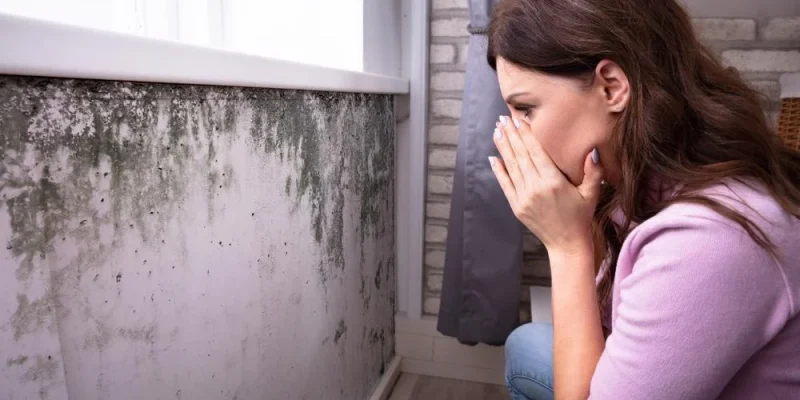
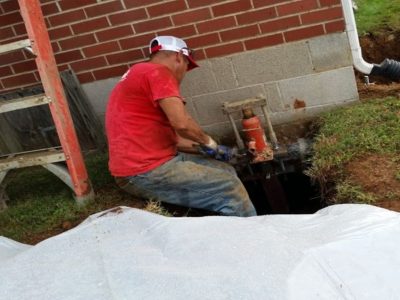
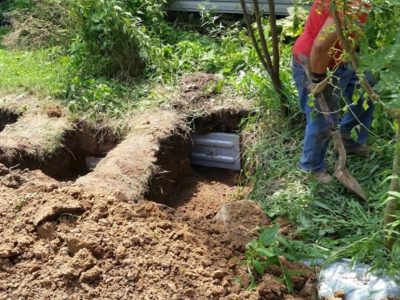
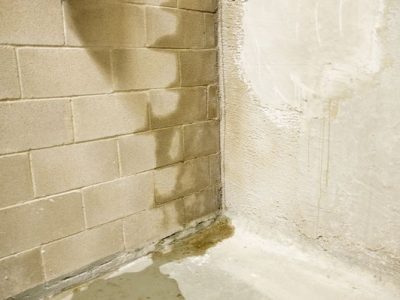
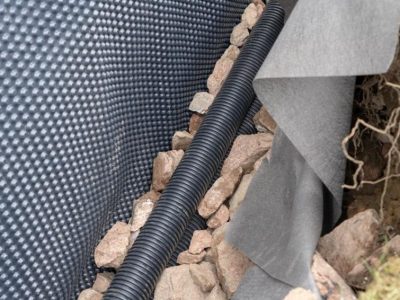
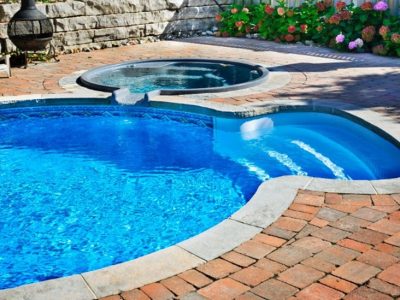
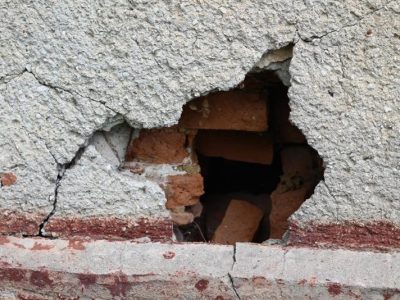
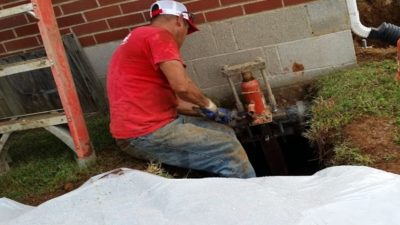
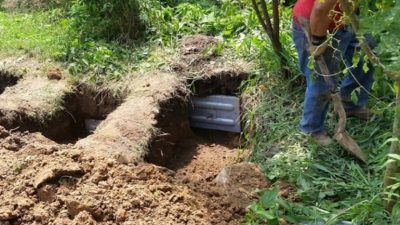
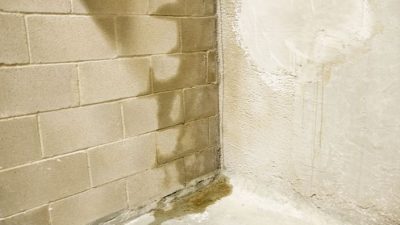
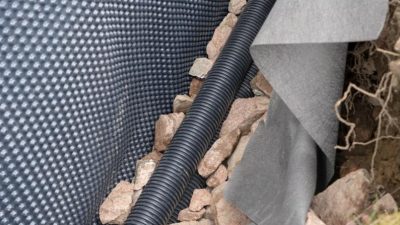
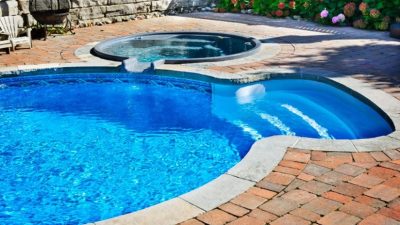
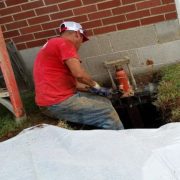
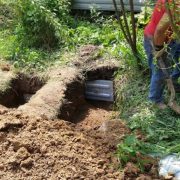
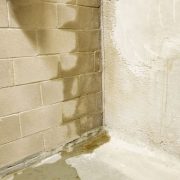
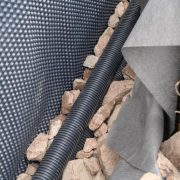
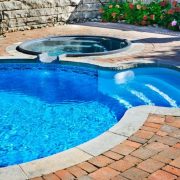
Comments